Cravings: Field Notes from a Mother/Artist, Part 1
I have observed:
The raising of both novels and toddlers involves urgency and mess.
Both yell cryptic phrases at you, which they expect you to decipher and translate to the rest of the world.
Both involve days of difficult, unpaid work that is, for years, invisible to the rest of the world.
Also:
Both will astound you with sudden beauty and revelation.
Both carry the potential to one day change the life of another human being.
(Your turn to insert a photo here, dear reader:
The handful of books
that were essential to who you became.
The handful of people
who did, without exaggeration, change your life.)
Whether or not your book is ever published, the process of writing a novel—like raising a child—will also change you. Novels-in-progress, like children, will humble you, and enlighten you, and spelunk into the secret caves of you that even you didn’t know existed.
All this to say:
Both of these vocations—
parenting and art-making—
add to the goodness of the world.
What good fortune when we meet someone who tells us that. When I was pregnant with my first child, the novelist Alice Mattison told me,
“You need to treat your writing
like a citizen, with a right to exist.”
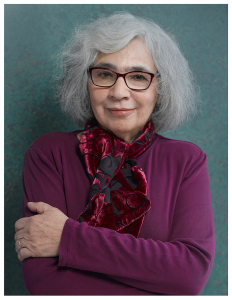
(Alice, by the way, has raised three boys and many excellent books.)
I scribbled her words in my notebook. They felt important. They were. Because children have built-in mechanisms to remind you they have a right to exist. On the days when you’re desperately tired, or convinced you’re a terrible mother and you’re getting it all wrong, you still have to show up for parenthood. Your children do not care if you feel adequate; they just want you to make dinner. They will make their hunger known if you don’t.
If the novel wakes you up in the night, however, you can go back to sleep without bothering to see what it needs.
If you don’t feed that novel—or whatever sort of art you make—not a soul will know the difference.
Not a soul, except your own.
℘℘℘
Can you tell I’ve spent a bit of time thinking about this?
All those grand statements, of course, spring from a real-life story. Here it is, then—my story. The short version.
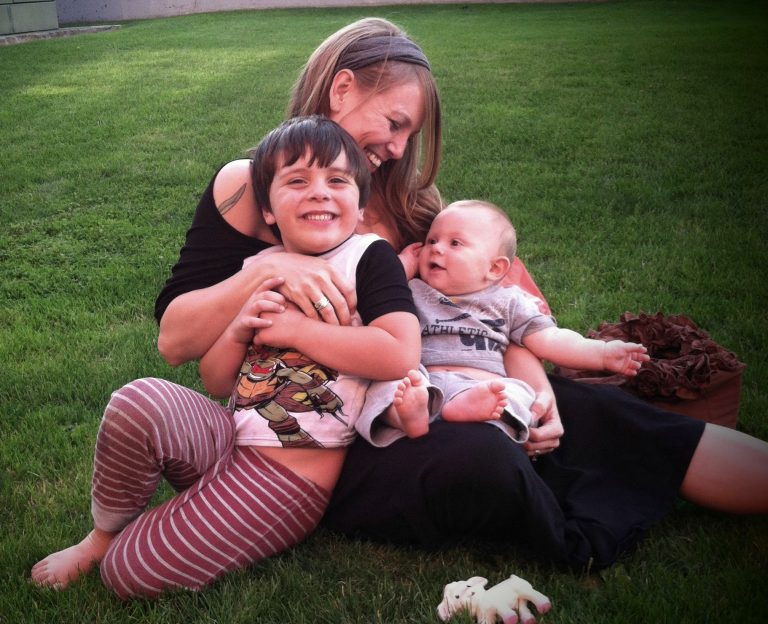 I’ve known I was a writer since I was seven, but Virginia Woolf was right; it takes money and a room of your own. So I squeezed in novel-writing while working as a grassroots organizer, freelance designer, art director. I got my MFA while working and pregnant; then nursing a newborn; then chasing a toddler. (Shout out, Bennington Writing Seminars! You heard the ravenous sucking in the back row of Donald Hall’s reading, you knew my boobs were out, and still you played it cool.)
I’ve known I was a writer since I was seven, but Virginia Woolf was right; it takes money and a room of your own. So I squeezed in novel-writing while working as a grassroots organizer, freelance designer, art director. I got my MFA while working and pregnant; then nursing a newborn; then chasing a toddler. (Shout out, Bennington Writing Seminars! You heard the ravenous sucking in the back row of Donald Hall’s reading, you knew my boobs were out, and still you played it cool.)
When I graduated, I kept writing and publishing essays and stories while I raised my small boy, worked at a nonprofit, and then cooked up another small boy. For years, I had written about whatever fascinated me: tattoo artists, old Irish ballads, women veterans. But in the lonely years after grad school, it was hard to write about anything but the difficulty of this dance—all the art I wanted to make vs. all the needs I had to meet. Even when my husband and I finally finagled the budget so I could quit my job and focus on writing, “focus” was a relative word in the company of two (eminently lovable) wee beasties who can’t pour their own cereal yet.
If I was hungry for time alone to write, I was starving for community. It’s lonely out here in the sprawling suburbs—lots of strip malls, not much literature. I ached for what I’d had in grad school: Smart, thoughtful, creative companionship. Living evidence that this unpaid, difficult, often-invisible work was still worthwhile.
Because no matter how much I tell myself about the value of storytelling and art-making, always there’s that voice in my head that says: First-world problems, girl. Soooo sorry you can’t write stories today. Some of us have real work to do.
In other words: No, your writing does not have a right to exist.
I came home from a writer’s conference one autumn and found myself at my desk again, near tears, because I knew in my bones that this is my vocation, and I was so lonely for my people. I thought I’d never find them.
But—that very week—I did find them.
Read Part 2: The Genesis of the MatriArtists.
℘℘℘
Credit for the photos of the little girl above (with paint-covered mouth, tears, and water balloon) goes to my dear friend Sofia Titvinidze. See more of her work at sopodesigns.com.
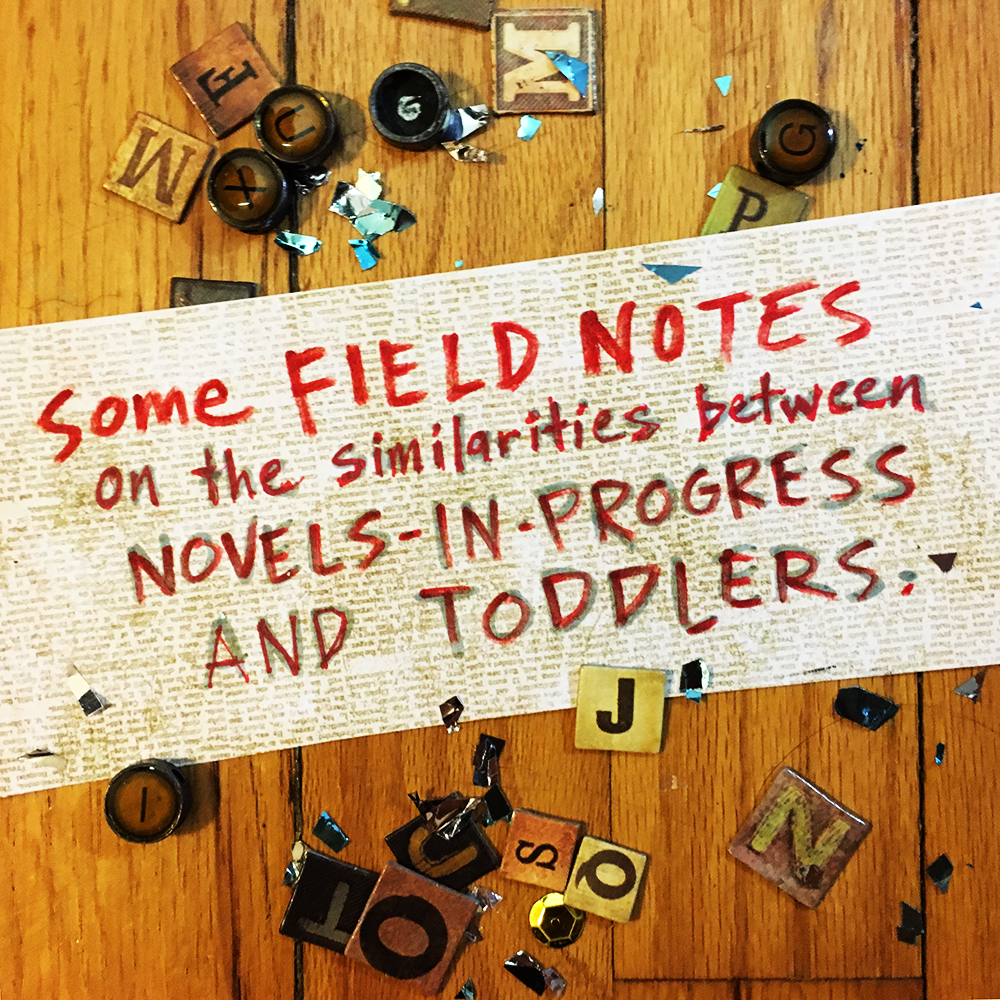
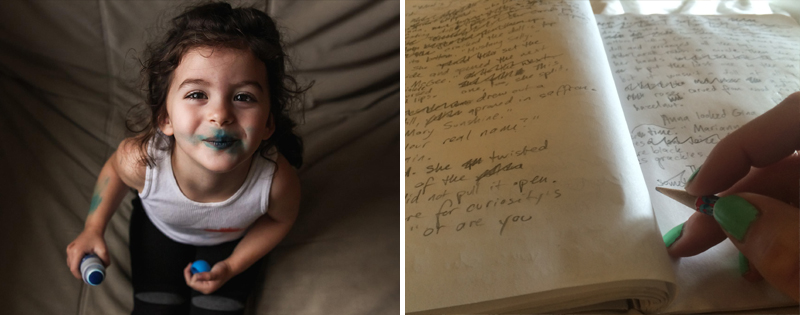
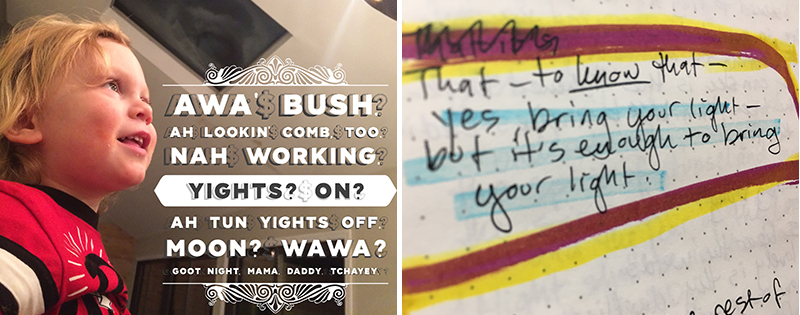
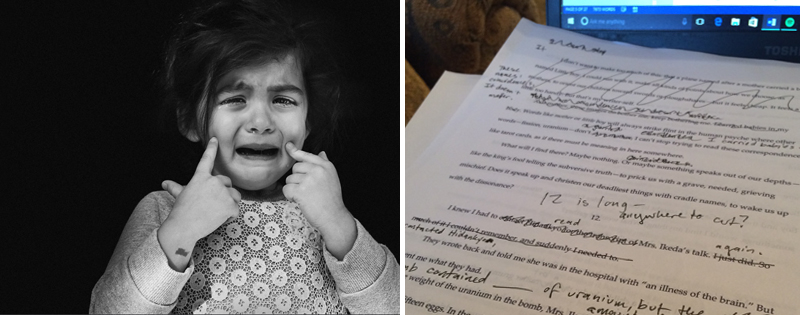
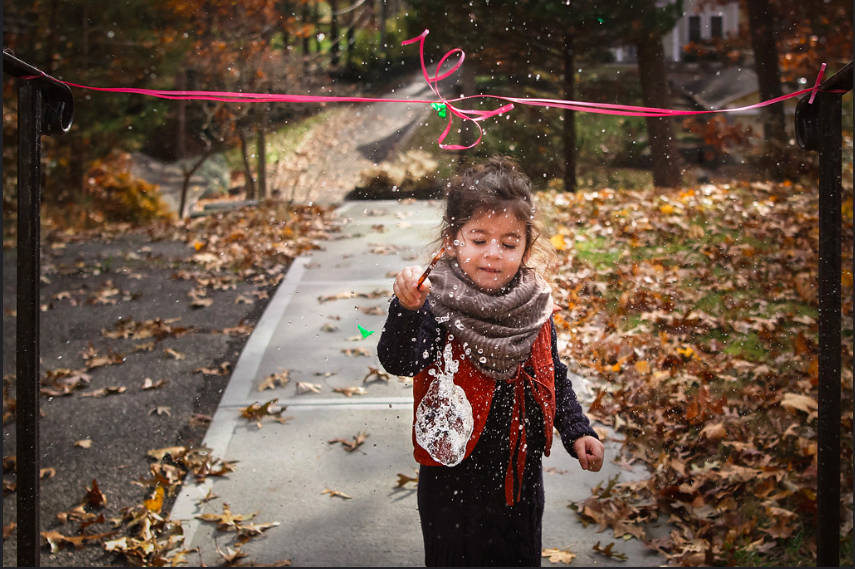
One Reply to “Cravings: Field Notes from a Mother/Artist, Part 1”
Love your comparison; I’m accepting your challenge!